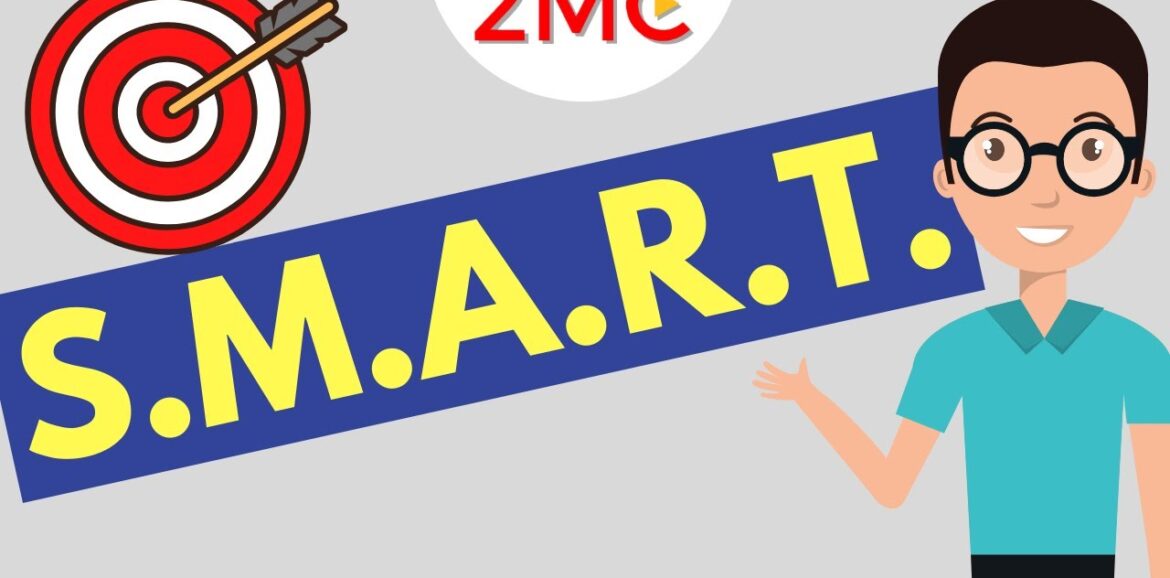SMART Goal Setting Digital Download and Printable for Students: https://rb.gy/one07
Use Code SMART25 to get 25% off! Thanks for supporting the channel 🙏
My 2023 Goals
➡️ Reach 150,000 Subscribers on YT by December 31, 2023 (you can help!)
➡️ Publish 52 videos on YT in 2023 by averaging 1 each week
➡️ Read 24 non-business books in 2023 by reading at least two each month
Get a planner to document and track your goals!
🏆 Basic 2023 Planner – https://amzn.to/38UuxZu
🏆 Clever Fox Planner & Journal – https://amzn.to/3o3LV4l (I use this one!)
🏆 Planner Designed for Goal Setting and Tracking – https://amzn.to/3n3jMcC
—DIVE IN—
Follow me on Twitter: https://twitter.com/2MinuteClasroom
Find more at https://www.2minuteclassroom.com
DISCLAIMER: This description contains affiliate links, which means that if you click on some of the product links, I’ll receive a small commission. This helps support the channel and allows me to continue to make more videos like this. Thank you for your support!
—TRANSCRIPT—
Thanks for stopping by, this is 2 Minute Classroom and today we are talking about setting goals using the SMART method.
Goal setting is a great activity anytime but is especially popular around New Years’, at the start of the school year, and the beginning of a sports season. I would love to hear some of your goals in the comments and I’ll put some of mine in the description below.
SMART is an acronym that stands for Specific, Measurable, Achievable, Relevant, and Time-bound.
We’ll go through each of these using the example goal of “doing well on your next exam” – A common goal for students.
The first step is to make the goal specific. “Doing well on your next exam” is not specific. Try to answer the questions of what, when, and why.
Let’s specify your what as scoring at least 90% on your next science exam.
For the when it will be whenever the exam is, let’s say it’s in 4 weeks.
The why is very important as this is your motivation for the goal and something you can look back on if you get discouraged.
It could be to improve your grade in the course, to score higher than a friend, or because you want to get into a great university. Whatever will motivate you to keep working on the goal.
So now we have a much more specific goal “Score at least 90% on the next science exam four weeks from now to help you get into a great university.”
This goal is looking great, but we are not done yet.
The next step is to make sure the goal is measurable. That means there are some metrics attached to the goal to let you know if you reach your goal or not.
Looking back at our goal we see that it is to score at least 90%. This is very measurable and once you’ve taken the test and received a score you will know whether or not you hit the goal.
This is also why “Doing well on your next exam” is a poor goal – it is not measurable and there is no clear way to define success or failure.
The next step is to check whether the goal is achievable or not. In this step you want to break the goal down and answer the question of “how” you will achieve this goal. What do you need to do in the next four weeks to get at least 90% on the exam.
Some examples may include taking notes in class, spending 30 minutes three nights per week studying for the exam, and partnering with a friend a week before the exam to review notes and go through a study guide.
The point is you need a plan. Break the goal down into smaller goals that all feed up to the main goal. This will give you a clear path to success.
The fourth step is to ensure the goal is relevant.
This step is more of a gut check to see if it fits well in your life right now. Ask yourself the following questions: Does this align with my long-term objectives? Does it keep me on track for other goals in your life? Will focusing on this goal pull me away from other, more important goals?
After thinking through this step you should feel confident your goal is relevant and be even more motivated to achieve it.
Scoring at least 90% on your next science exam is relevant because it will give you confidence in school and feed into larger goals around future education and career.
The last step is to make the goal time-bound.
A time-bound deadline acts as a target and helps you work backward and set smaller steps to get there. If you set a fitness goal to be able to do 100 consecutive pushups but don’t set a deadline to reach that goal then it probably won’t happen.
Hitting a certain score on an exam is time-bound by default because there is a specific date for the exam which allows us to break the goal into smaller steps leading up to the exam.
And here is a bonus tip. If you truly want to reach your goals then you have to write them down and look at them often. I recommend keeping a daily/weekly planner to track your progress. I’ve put some excellent planner recommendations in the description that will help make your goals a reality.
source







